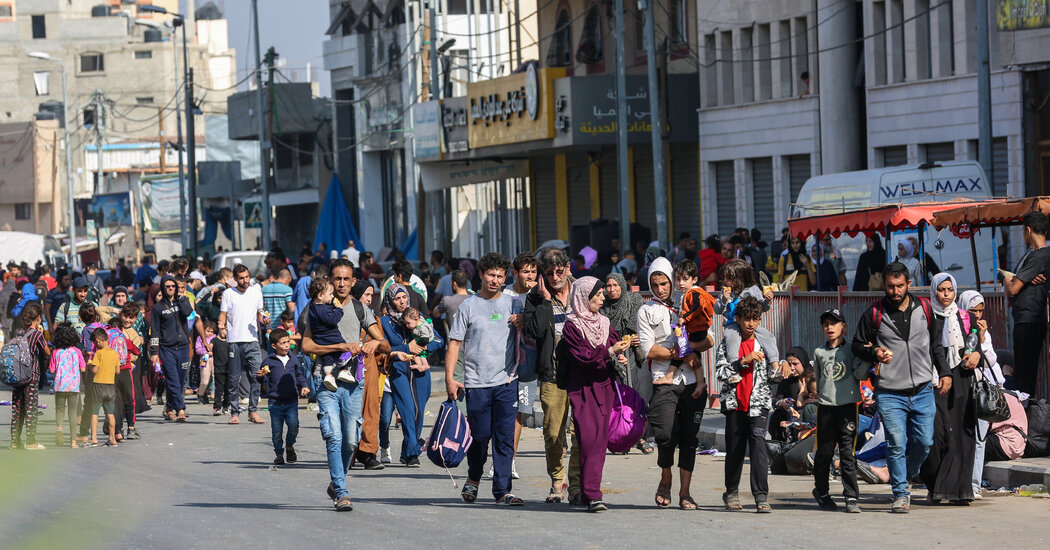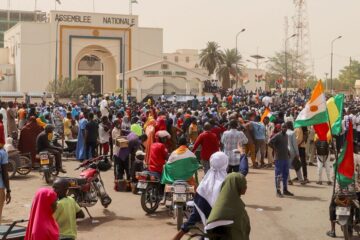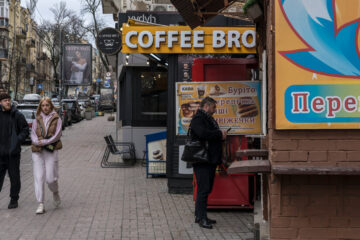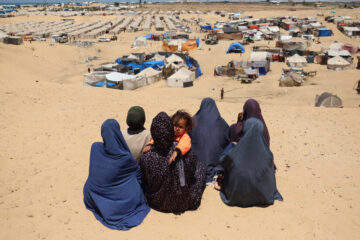[ad_1]
On Sunday, Anas Al Kourd, a paramedic at Al Shifa Hospital in Gaza City, drove south with a group that included his cousin, whose legs had been amputated after she was wounded in the war, and four children. Theirs was the only car in sight. Around them, people held their hands up in a gesture of surrender as they walked, carrying little white flags, he said.
As they approached Kuwait Square, a major intersection in Gaza City, they were shot at, forcing them to retreat, he said.
Two or three times they tried to drive forward, only to have to turn around again because of incoming fire. When they finally made it to the square, he said, he could see more than 50 Israeli tanks nearby, where an olive grove used to be. He said he waved a blanket in place of a white flag, while some of his companions waved their red German passports.
Mr. Al Kourd had traveled about a third of the remaining distance to the middle zone of Gaza, bumping over splintered trees and concrete blocks, when he said they were fired on again. He was driving at “mad speed” to get away, he said, when a missile or bomb detonated nearby. No one was struck, but an earlier crater in the road sent their car flying, he said.
“I don’t know how we survived,” he said a day later, having made it to the middle zone of the Gaza Strip. His account could not be independently confirmed.
The Israeli military said in a statement that it has been targeting Hamas throughout Gaza in response to the group’s attack on Oct. 7, when Hamas gunmen killed more than 1,400 people in Israel and seized more than 200 hostages. The statement said that Israel’s attacks on military targets were conducted under international law, including taking “feasible precautions to mitigate civilian casualties.”
The Israeli military denied putting put up checkpoints along the road and maintained that Hamas, not Israel, was making the passage south difficult.
[ad_2]
Source link




